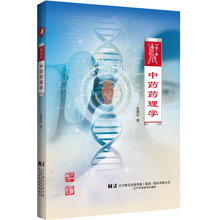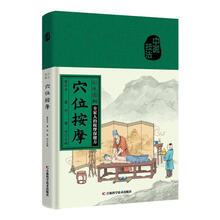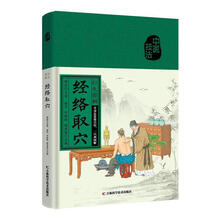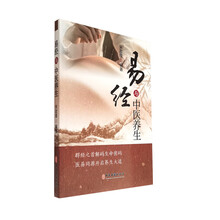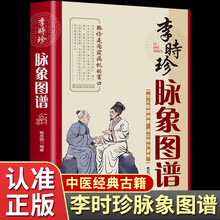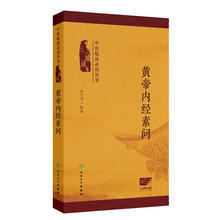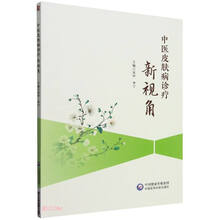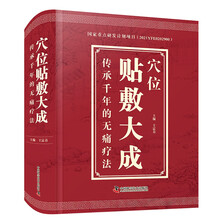2. Medicine? Food? Both!
Sometimes I don’t like some vegetables such as carrots and celeries, and my grandpa always tells me not to be a picky eater. He tells me that a balanced diet is very important for our bodies and many foods actually have similar effects likemedicine. I asked why and he explained in this way. Chinese medicine and food are closely related according to traditional Chinese medical theories.
Chinese medicine mainly comes from various herbs, animals and minerals, while the food that people have every day also comes from the same things in nature. It can be said that Chinese medicine and food have the same origins. And a lot of herbs, animals and some minerals can be taken both as medicine and food since they can not only feed people but also have curative effects on certain diseases. Like Chinese medicine, each food also has its special functions. Therefore, for thousands of years, TCM emphasized a balanced diet and adjustment of diet according to the changing of physical condition of individuals. How wonderful Chinese medicine is! Do you believe that many foods in our kitchen and on our dining tables actually have curative effects just like medicine? And many of these foods are even often used by traditional Chinese doctors to treat their patients. In our daily life, if properly used, they can be of great benefit to our health. The following are two stories that I once experienced:
“The ice-cream event”
—ginger, mung beans and Chinese yam
In summer when it’s extremely hot, I am always eager to have something cold even though my grandpa often says it’s not good for my health. But who can resist the temptation of cold drinks and ice-cream on a hot summer day? One day I played soccer with my friends, and when I got home I felt so hot that I had some cold coke and then much ice-cream. Therefore at night I had a stomachache. After knowing what happened to
me, my grandpa went to the kitchen and twenty minutes later, he came out with a bowl of strange soup. He told me to drink this dark red soup. I will never forget its special taste—spicy and sweet.
But strangely, after drinking it, I did feel much better. Grandpa said this soup was made of ginger and brown sugar. Ginger is not only a common
ingredient in Chinese diet, but also a useful medicine as it can be refreshing and promote people’s appetite. Besides, when people get cold, ginger soup will do them good because ginger can dispel the coldness in the human body.
After that, Grandpa told me to stop having too much ice-cream and asked me to drink some green soup he specially made for me when the weather was hot. The soup was light green, with a little bit bitter and sweet taste. I wondered why Grandpa asked me to drink this strange soup, but amazingly, I found I did feel cooler after drinking it in the hot summer days. Grandpa told me the soup was made of mung beans. He explained to me that mung beans were highly praised by Li Shizhen as “a good grain that benefits mankind”because mung beans with a sweet but cold property could help people clear heat in the body. Therefore, mung bean soup which can help people reduce summer heat is one of the most popular drinks in summer for Chinese people.Besides, the pillows stuffed with mung bean seed coat can improve eyesight, refresh the mind and reduce headache. Why don’t you also try some mung bean soup when it’s hot in summer?
On one weekend after the ice-cream event, I accompanied my mother to buy some vegetables in the supermarket. In the supermarket, we bought several different kinds of vegetables, and I noticed my mother also bought something strange. They are long, thin, brown sticks with muds and lots of hairs on the outside. Wow, they are ugly, and they must taste terrible, I thought secretly. In the evening, when my mother steamed some of this strange and ugly vegetable, and asked me to have some, I was amazed by its good taste. It tasted really good especially when being taken with some sugar. My mother told me she had bought this vegetable for me. I asked why. She said this special vegetable was Chinese yam, a very common
vegetable in Chinese diet. It can be steamed, boiled in porridge, stir fried, or made into various desserts. However, it is not only tasteful but also beneficial for people’s health. Many traditional Chinese doctors consider it as one of the most important medicines to make people stronger since it is good for our stomach and it’s very nutritious. Therefore, my mother wanted to help me improve my stomach conditions. So why don’t you also try some of Chinese yam when you have some stomach problems? Though it benefits a lot, you cannot have too much of it, as having too much of it may result in abdominal distention.
展开

